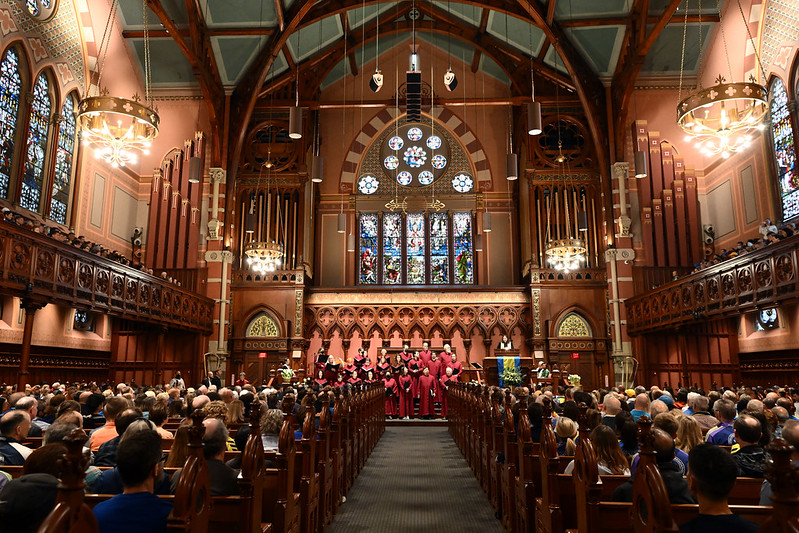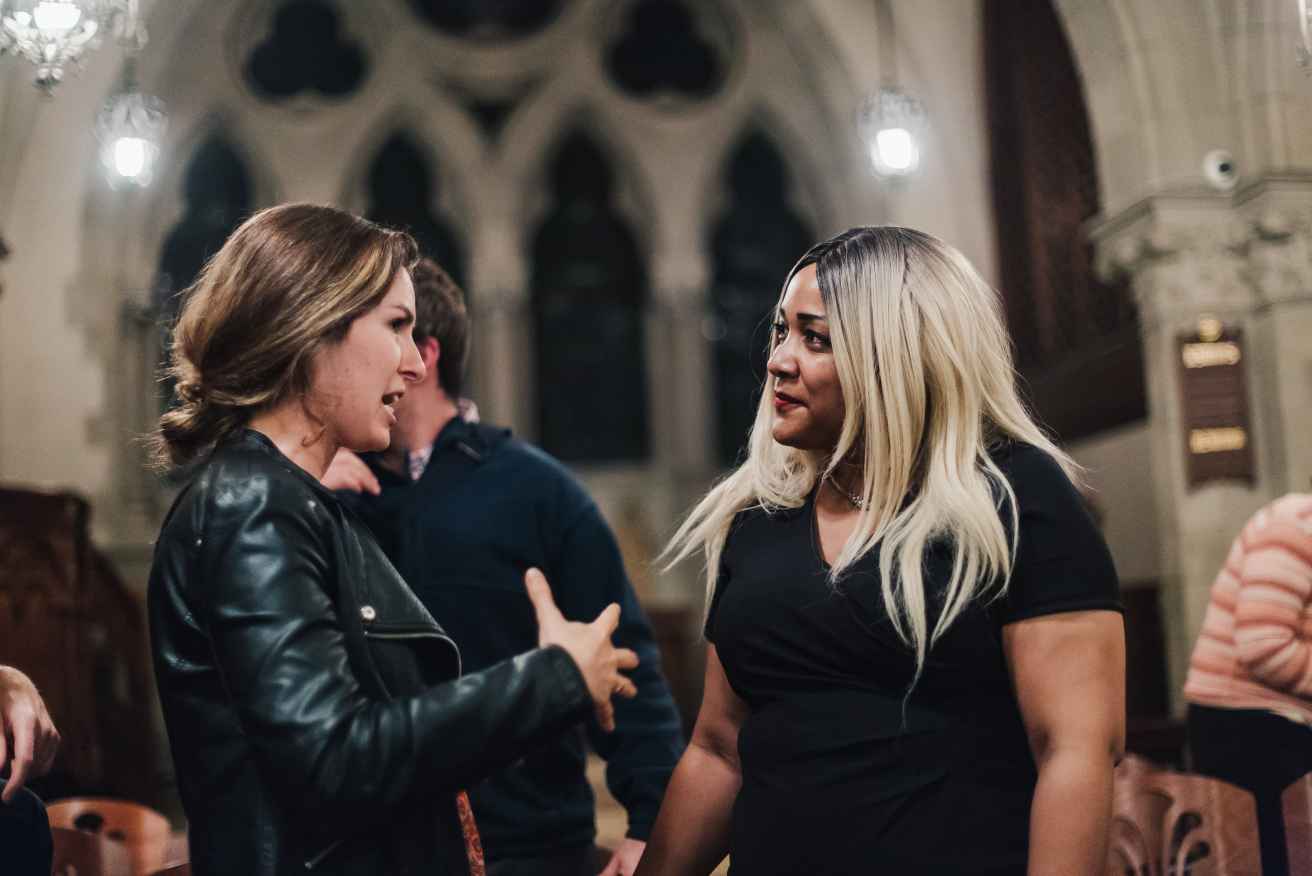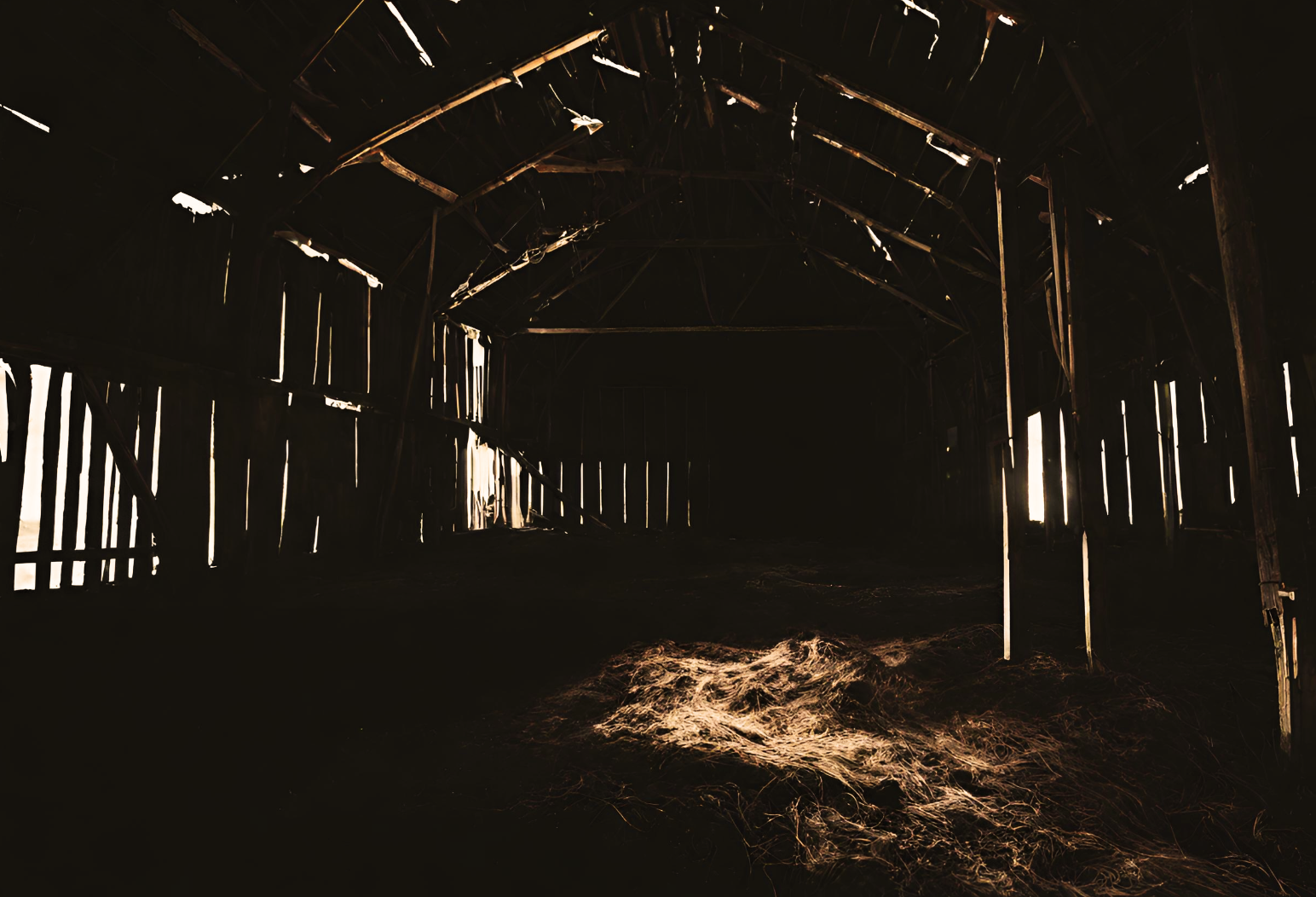The birth of Jesus in Bethlehem’s stable is a wonderfully celebrative event. That is as it should be. It is what Christmas is all about. But I fear we have domesticated it and sanitized it way too much. We celebrate the Nativity with angels singing, shepherds kneeling, cattle lowing, Magi coming, Handel’s music playing, and on and on. One of the favorite hymns of the season has a verse: ‘The cattle were lowing, the poor baby wakes, but little Lord Jesus, no crying he makes.’ What kind of a baby is that? Thus, Jesus was born. Or so we think.
Then, too, Mary is always depicted wearing that well ironed blue cloak, often with a hood, looking like she had just come from a Salon in Bethlehem and not one who had just given birth in a cattle stall.
To help give us some perspective, feminist theologian, Elizabeth Gandolfo suggests that recent and contemporary formulations of Christology (how we view the work of Jesus) omit an important ingredient, namely: the birth! It has focused, instead, only on the adult Jesus and his crucifixion and resurrection.
She, among others, argue that this is simply wrong. She suggests that the “…blood-born organs of the Incarnation remind us that the invulnerable nature of divine love becomes not only possible, but also vulnerable in the crimson waters of Mary’s womb.” There is no Christmas hymn that I know of that speaks of the womb’s ‘crimson waters’ and of the vulnerability of both mother and child. Whatever else we believe or sing, if we don’t address the issue of ‘crimson waters’ we may well have missed the real birth.
In 1545-63 CE, the Roman Catholic Church held a Council: The Council of Trent. Its work was to help counter the Protestant Reformation which was rapidly spreading across Europe. Gandolfo notes that the Catechism approved by the Council declared that Jesus entered into the world in this manner: “…just as the rays of the sun penetrate without breaking or injuring in the least the solid substance of glass, so after a like but more exalted manner did Jesus come forth from His mother’s womb without injury to her virginity.” I would suggest that is not how babies are born.
Gandolfo argues that all of this misses the perils of pregnancy, especially in pre-modern times, and as it continues even today in many parts of the world. The journey from Nazareth to Bethlehem was arduous. Mary could well have died and so could her baby. It is absolutely of no use to argue that God would not have let that happen. If you are going to have a birth, it must be a birth and not a charade.
Gandolfo writes vividly, setting the Council of Trent’s Catechism on its ear:
The bloodiness of her labor could end in the tragic loss of life, for love incarnate will not pass into the world through Mary’s womb like a ray of light. Rather, the hard-as-steel muscles of Mary’s uterus press the baby’s head down on her cervix until it slowly, painfully dilates and effaces and makes for the child to gradually inch his way through the birth canal with each grueling push, his bruised and misshapen head finally emerging through the stretching, tearing Perineum into the hands of Mary’s birthing attendant (if she even had one). After the mucus is wiped from the baby’s mouth and nose, he gasps for his first breath, his Umbilical cord is cut and tied, and he is wrapped in swaddling clothes.
A bit much? This is not what we really want to think about when we are putting tinsel on the tree or candles in the window. But at some point in our festivities we need to see the absolute vulnerability of this birth for both Mary and her baby. The argument made by Professor Gandolfo that the issue of the vulnerability of Jesus at birth, not just during his ministry and his death, is the hallmark of every human life and thus has implications for how we care for one another, especially those who are most vulnerable. It speaks to refugee families, migrant workers and those in underserved communities that Jesus, too, along with his mother, struggled at his birth, even as they struggle. The issues of meaningful health care for all and perhaps a basic minimum wage to move people out of poverty, are things that should now confront us. Further, we need to represent this vulnerability of Jesus’ birth in music, art, liturgy, theology and in daily life and not just at his arrest and execution. It cannot and should not be ignored or sentimentalized.
Jesus was born. It was tough going. It has implications for the ministry of the church. When we get the birth story correct, we can then sing our carols of thanksgiving, praise and joy.
(References to Elizabeth O’Donnell Gandolfo’s work are taken from her article: “A Truly Human Incarnation: Recovering A Place for Nativity in Contemporary Christology.” Theology Today. Vol. 70, No. 4. January, 2014)








